High-Tech Horse Science
Researchers are using technology to study equine locomotion, physiology, signs of stress, cognition, and more.
- Topics: Slideshow
Share
ADVERTISEMENT
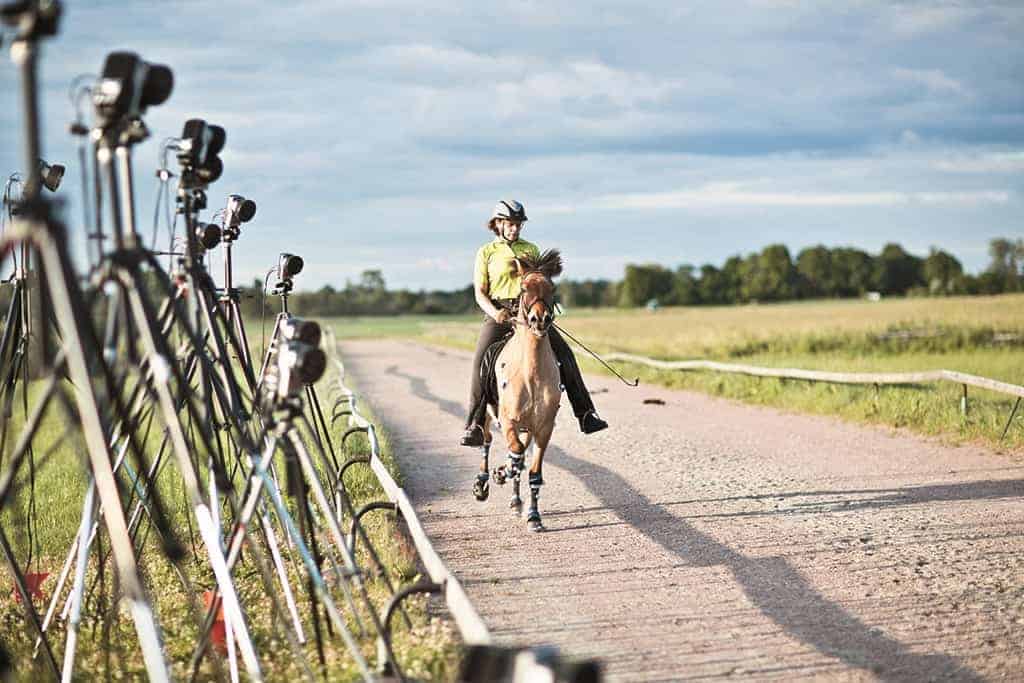
Motion Capture Technology
Researchers can use motion capture technology to study equine locomotion and biomechanics. | Photo: Courtesy Qualisys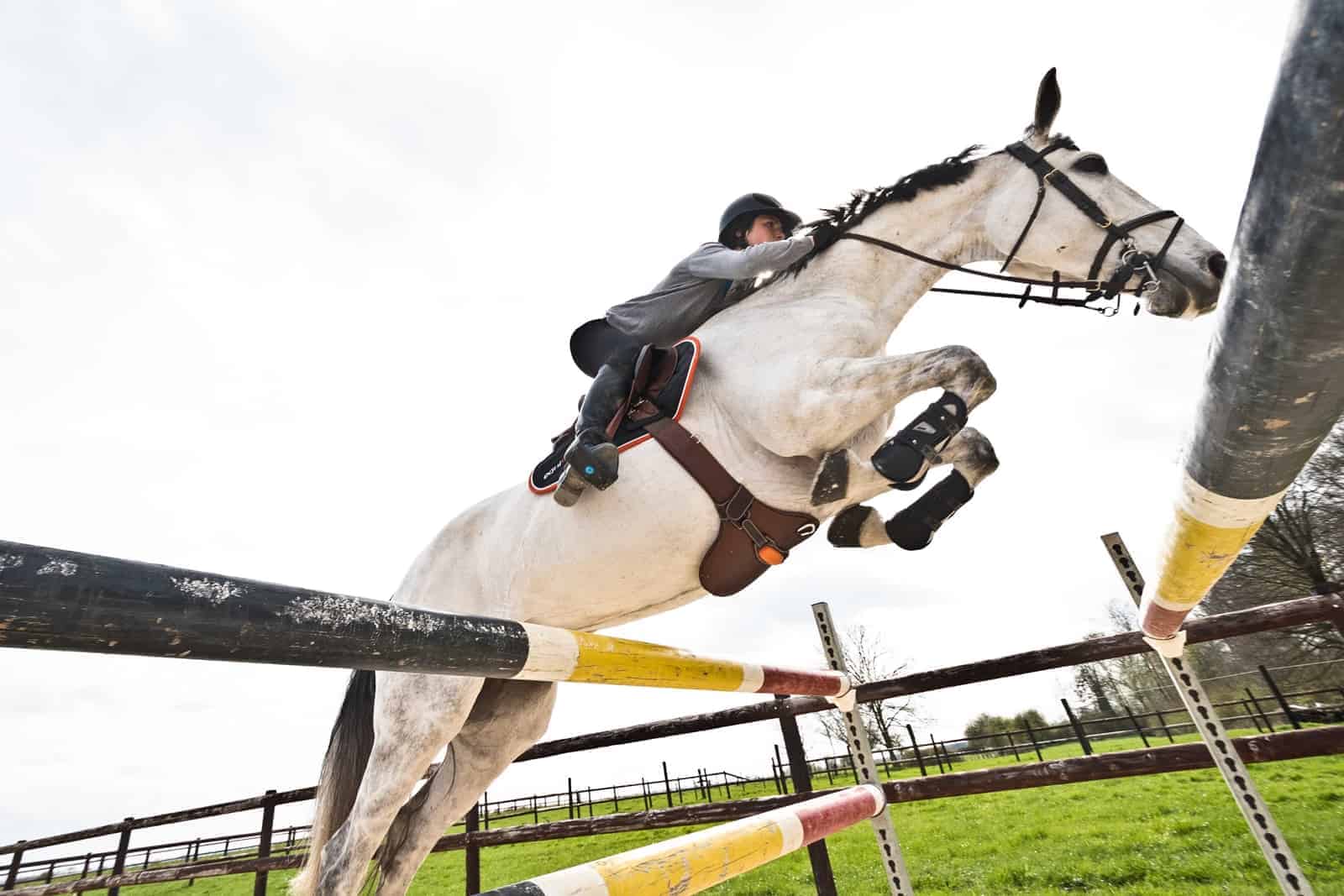
Wireless Devices Relay Data
Wireless devices like the one attached to this horse's girth can record data about gaits, transitions, symmetry, cadence, and more and display that information on a smartphone app. | Photo: Courtesy Equisense
3-D Motion Analysis
Equine locomotion researchers can capture horses' motion in 3-D to study horse and rider movement in real time. | Photo: Courtesy Dr. Lars Roepstorff/Qualisys
Sensors Can Measure Riders' Forces Too
Sensors can even capture the forces riders' feet place on the stirrups. | Photo: Courtesy Pauline Martin/CWD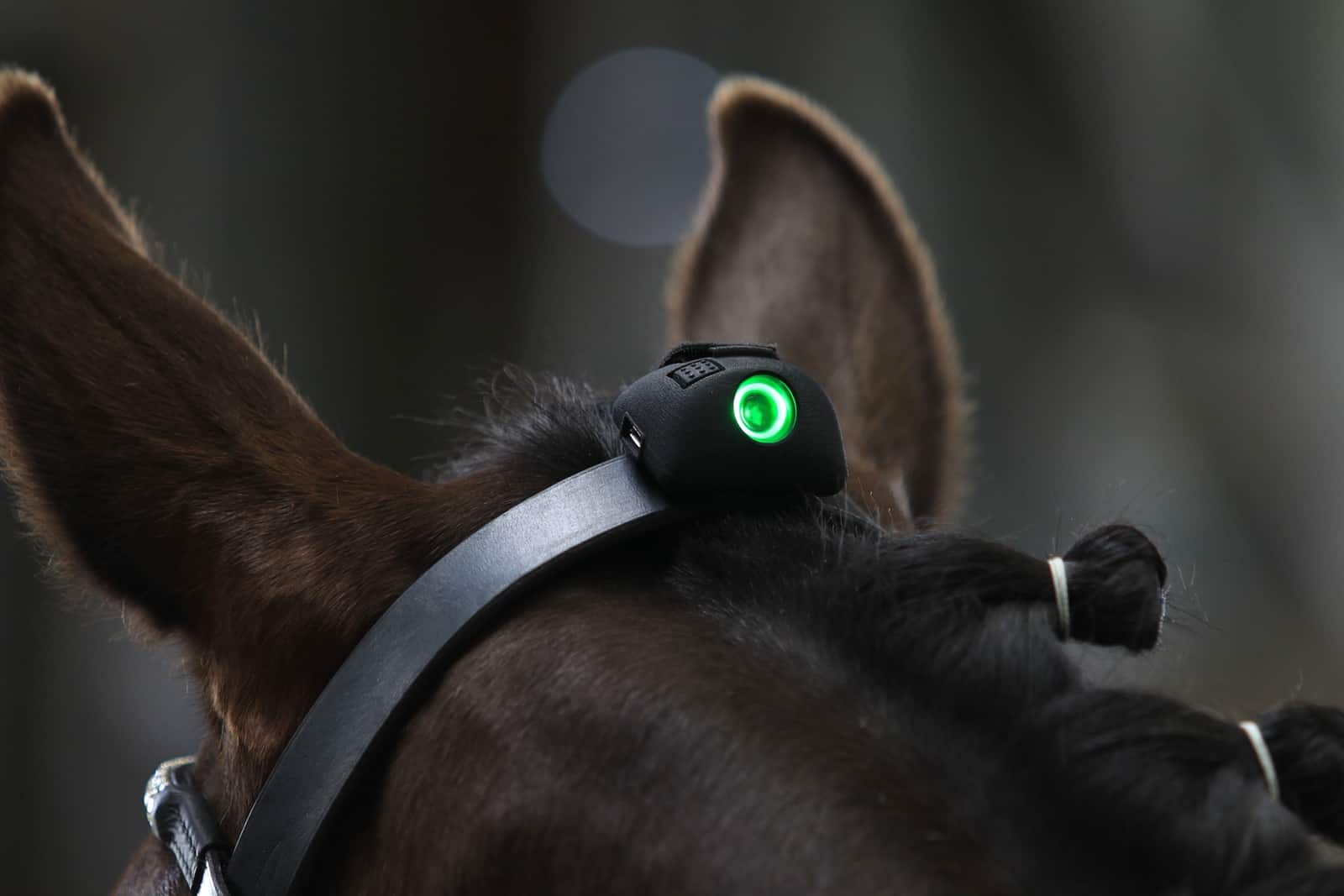
Sensors for Head Position
This sensor changes color to indicate to the rider whether the horse's head is in front, behind, or directly at the vertical. | Photo: Courtesy Events Through a Lens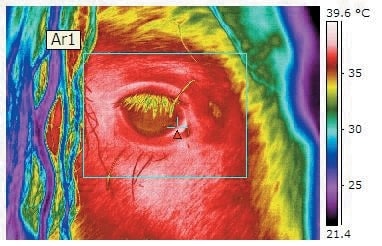
Infrared Camera Technology
Infrared camera technology can measure body temperature and gauge stress levels without human contact. | Photo: Courtesy Shylo Johnson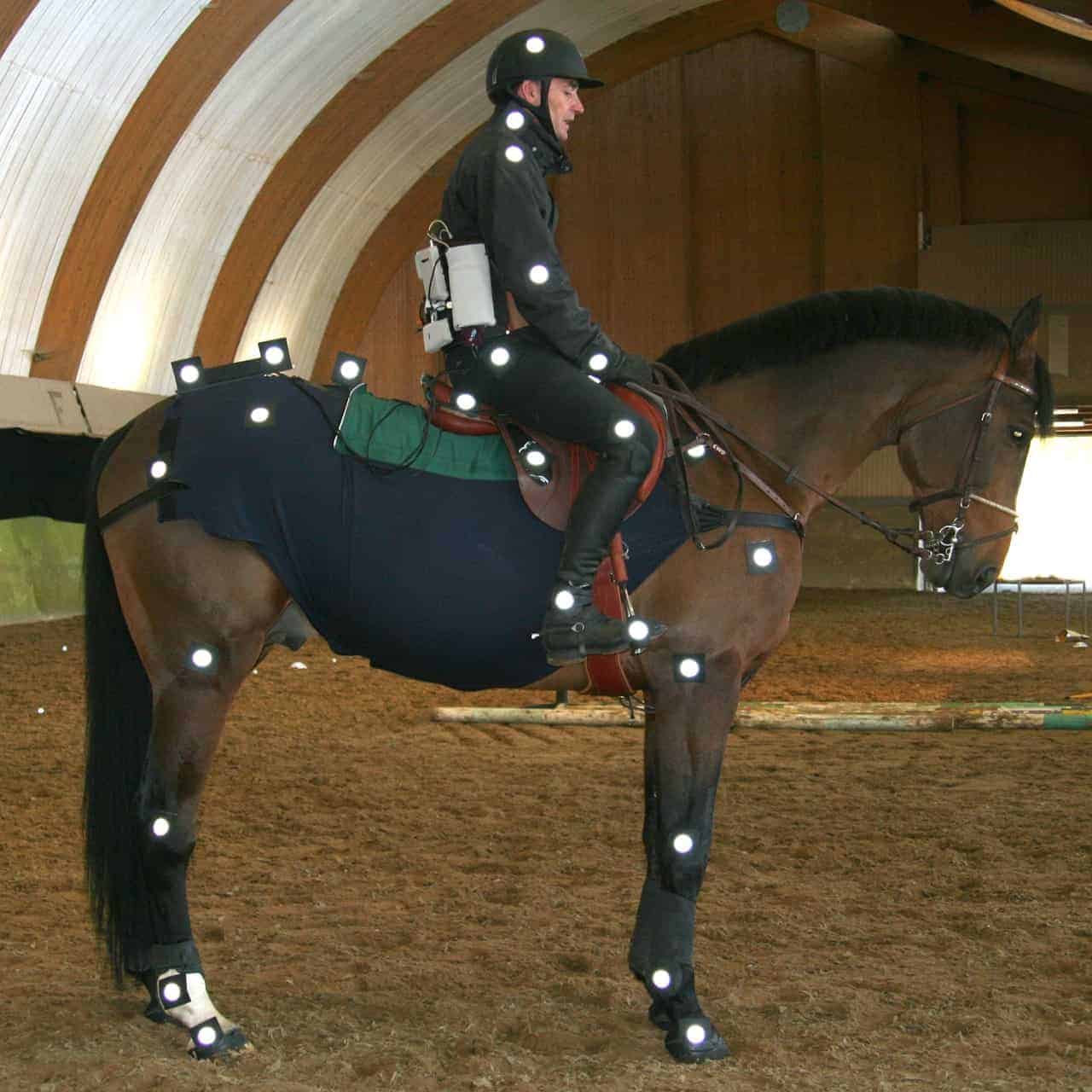
Pressure Sensors and Motion Detectors
Pressure sensors and motion detectors can help scientists learn about the stresses being placed on horses by riders and their tack during movement. | Photo: Courtesy Pauline Martin/CWD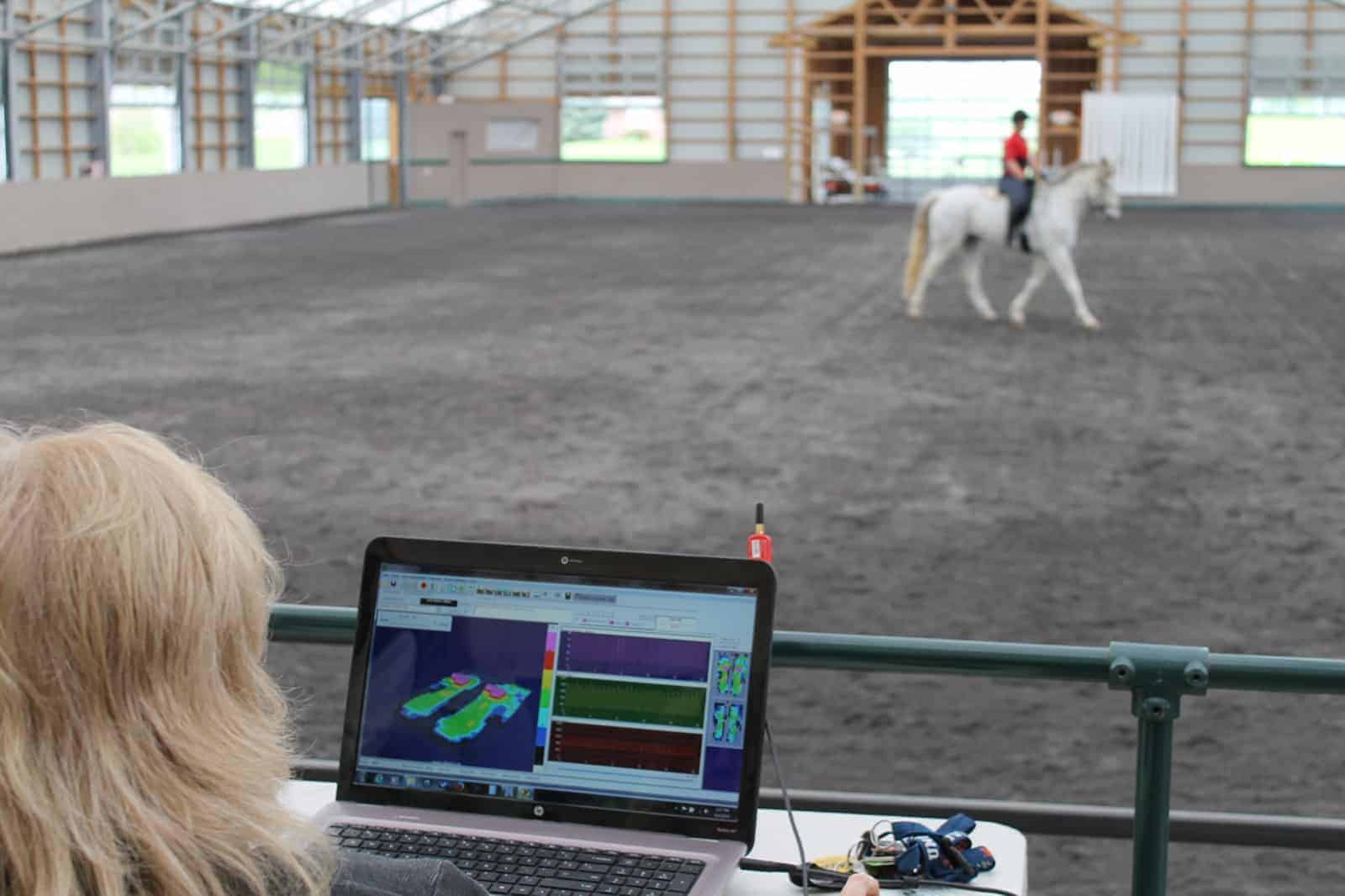
Real-Time Data on Saddle Fit
A special pressure-sensing mat placed under the saddle transmits real-time data about saddle fit. | Photo: Alexandra Beckstett, The Horse Managing Editor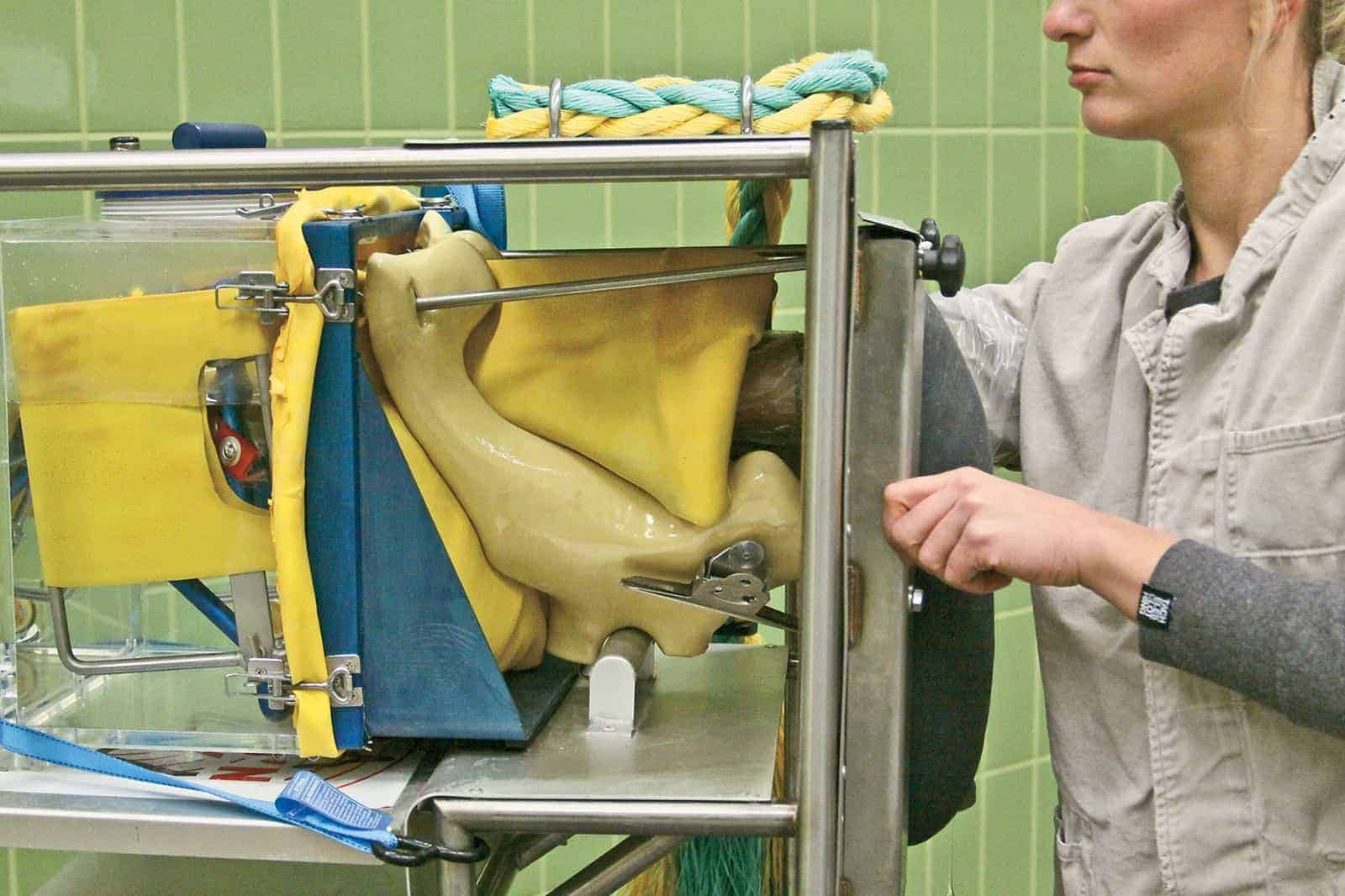
"Breeding Bonny"
Technology has its place in the classroom, too. Students can use simulators to safely learn about equine procedures and anatomy, such as Breeding Bonny for the mare’s reproductive tract. | Photo: Courtesy Christine Aurich, DVM, PhD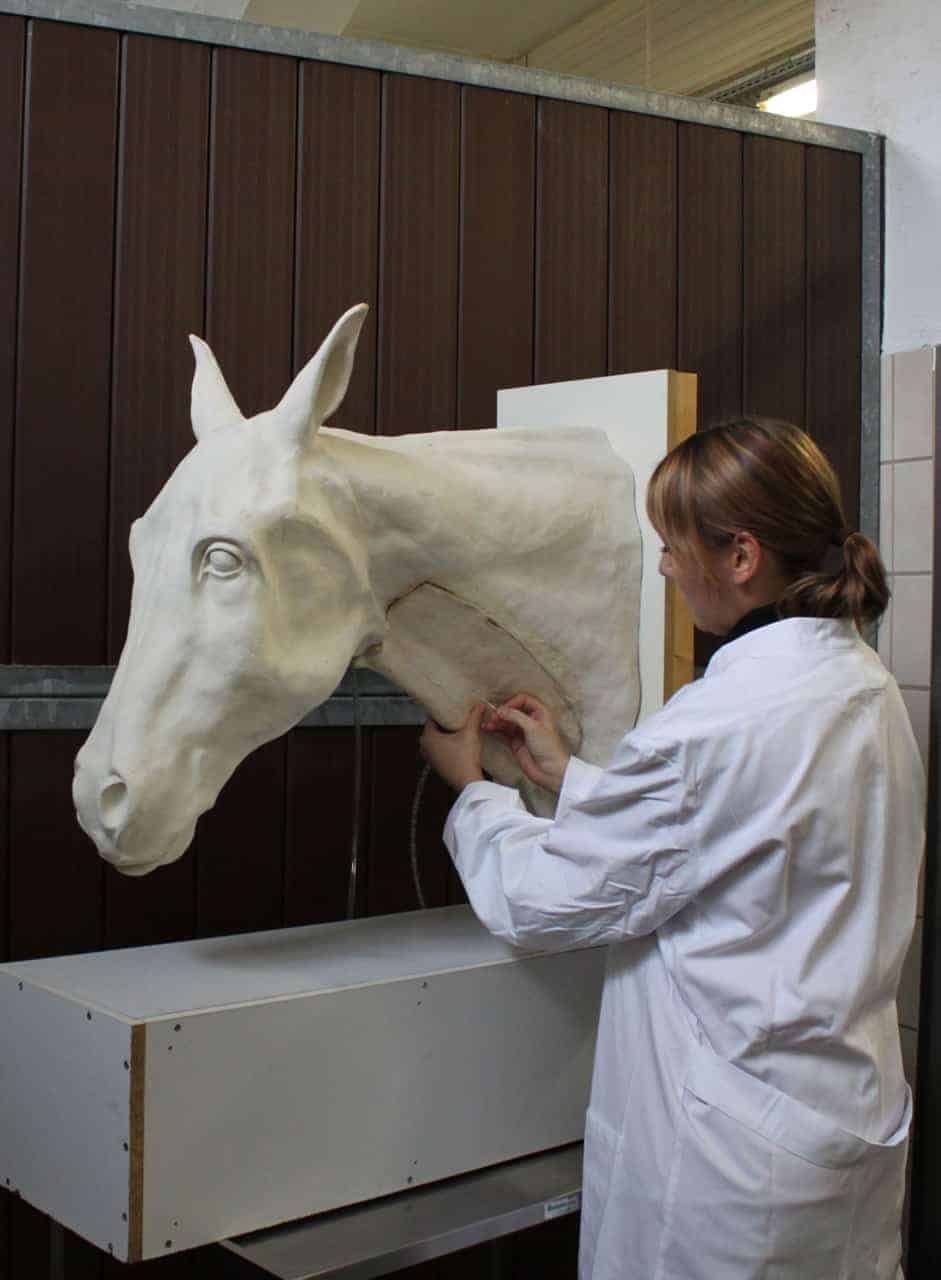
Jugular Vein Injection Simulator
German researchers have designed a jugular vein injection simulator to help promote equine welfare while helping veterinary students master injection skills without subjecting live horses to endless needle pricks. | Photo: Courtesy Uta Delling, DrMedVet., MS, Dipl. ACVS, ECVS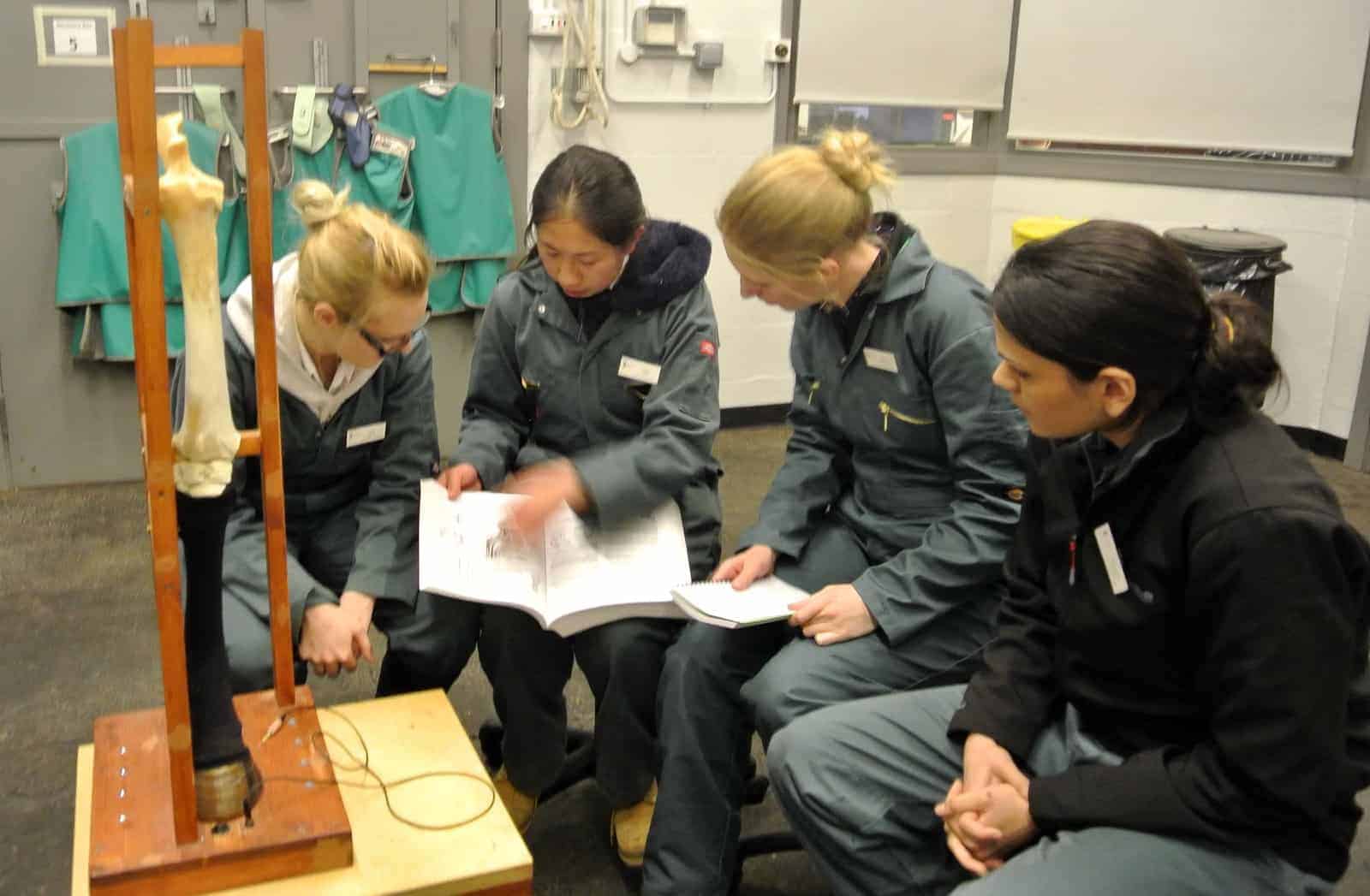
Joint Injection Simulator
Using what seems like a high-tech version of the child's game "Operation," some veterinary students can now practice giving equine joint injections using a simulator constructed of foam, rubber bands, nylon tights, and an electric buzzer. | Photo: Renate Weller, DrMedVet., PhD, MRCVS, MScVetEd, FHEA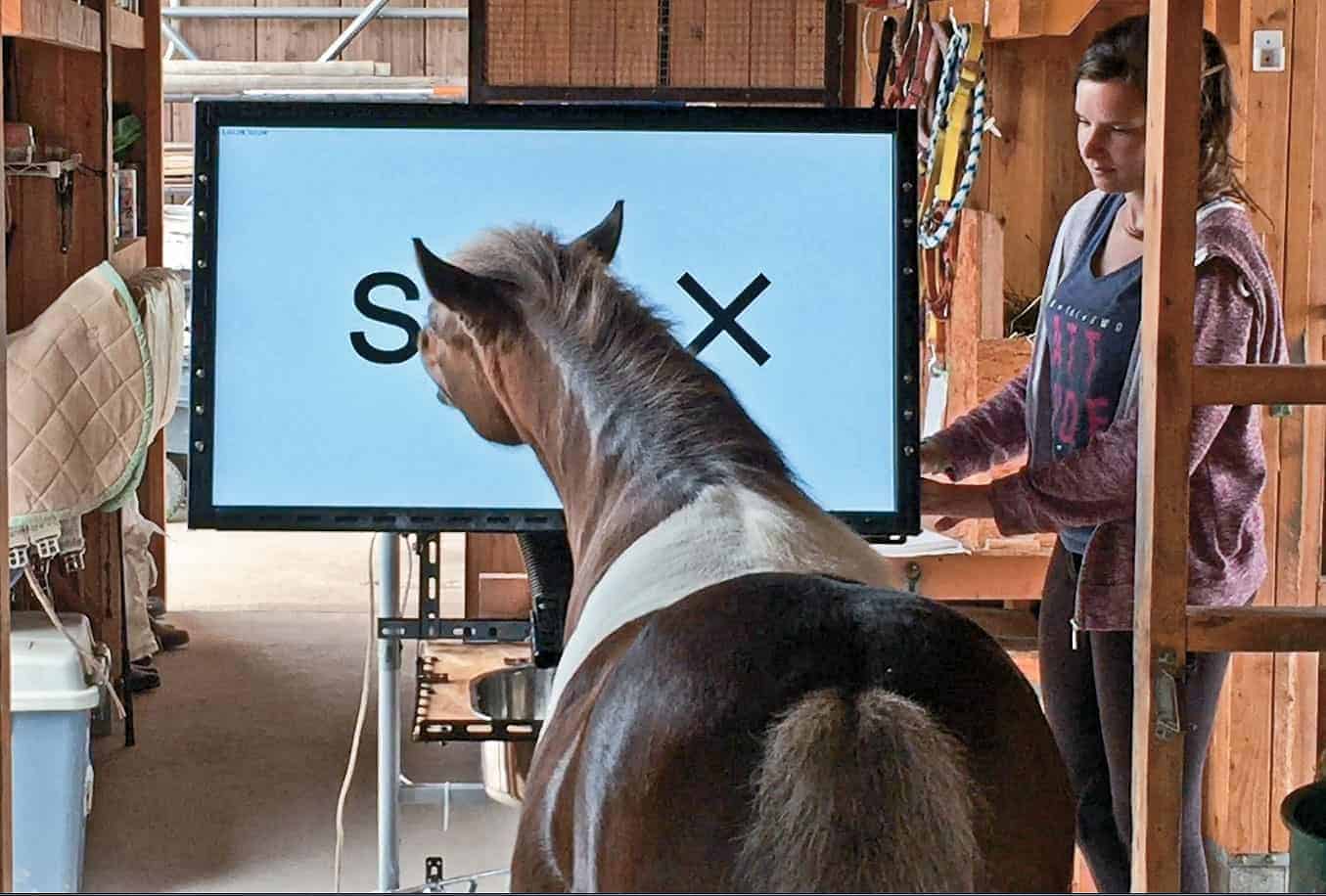
A Testing Field Without Humans
In a study out of Japan, ponies learned to select the correct symbol on a touch screen, taking humans out of equine cognitive testing equation. | Photo: Courtesy Dr. Masaki Tomonaga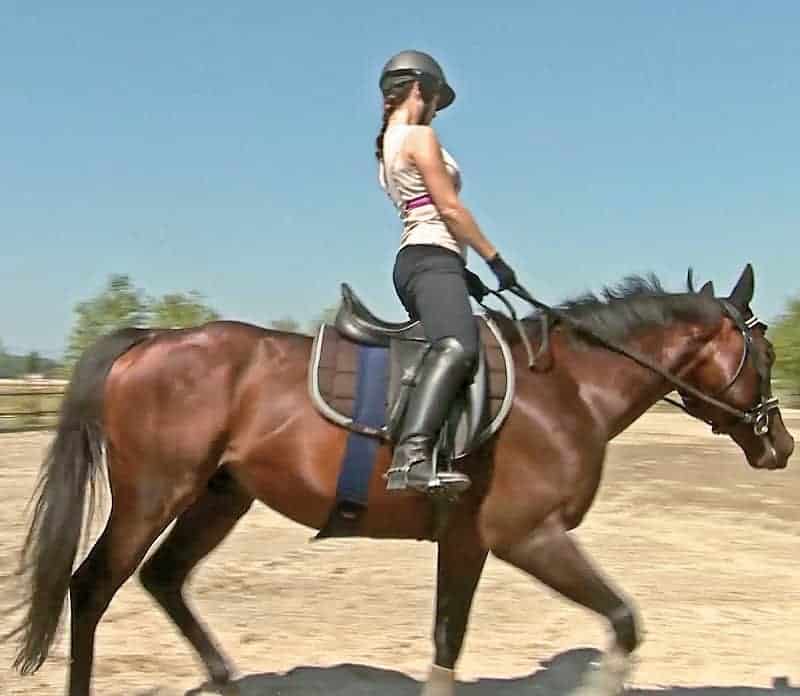
Wearable Technology
Soft-knit girths and T-shirts with electrodes woven into the fabric like thread can detect cardiac data in working horses and their riders. Read more about how new technology is changing equine research in the August 2017 issue of The Horse: Your Guide to Equine Health Care. | Photo: Courtesy Dr. Antonio Lanata
Share

The Horse: Your Guide To Equine Health Care is an equine publication providing the latest news and information on the health, care, welfare, and management of all equids.
Related Articles
Stay on top of the most recent Horse Health news with

















